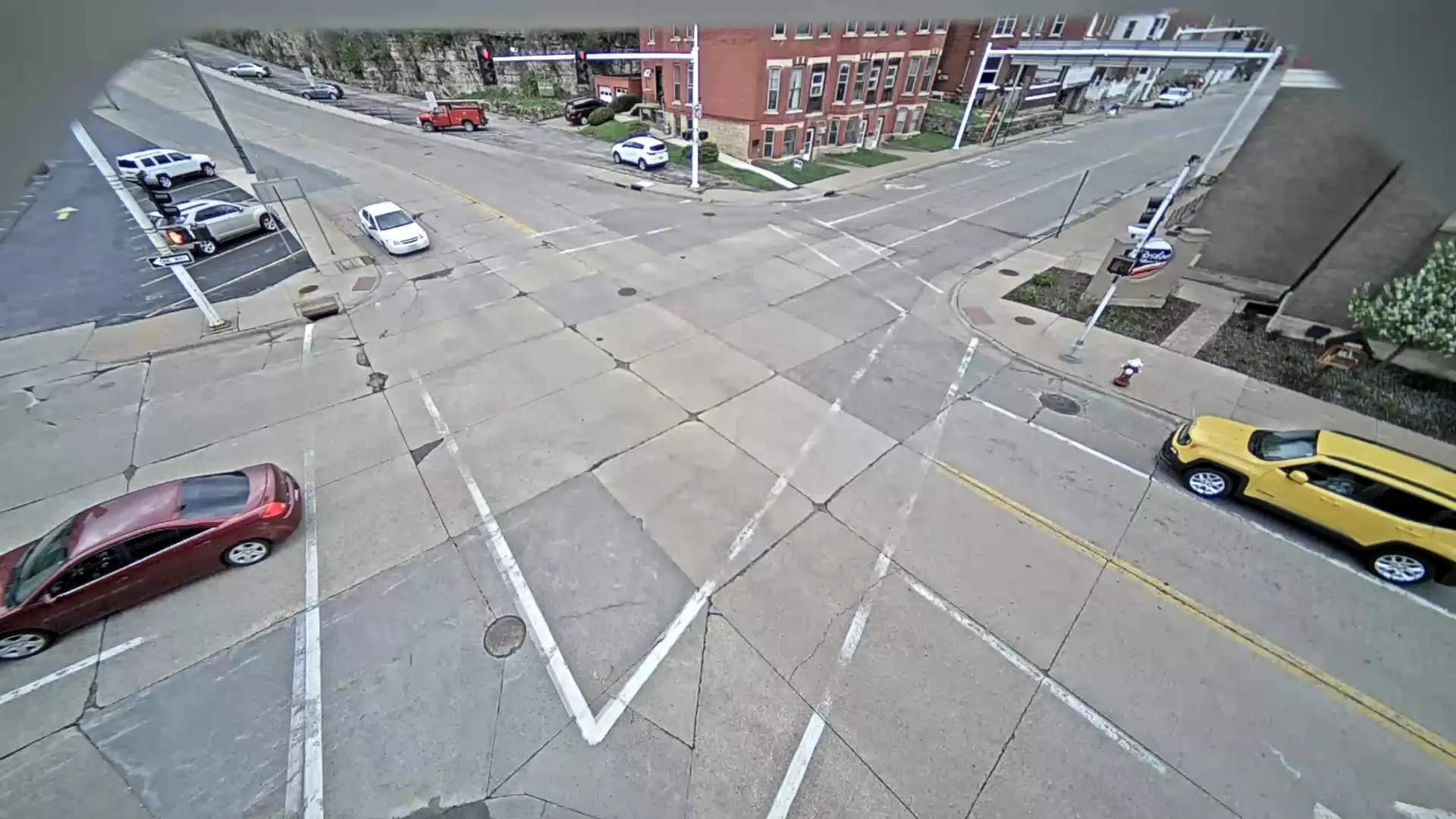Bill and Hillary Clinton National Airport in Little Rock, Arkansas, US is now benefiting from a state-of-the-art Parking Access and Revenue Control System (PARCS) from Designa, installed by Next Gen Parking as part of a redevelopment of airport facilities.
It integrates automated entry lanes, dual-use exit lanes, licence plate recognition and commend VoIP intercom. TransCore automatic vehicle identification and an HID proximity card access complete the high technology solution.
July 22, 2016
Read time: 1 min
Bill and Hillary Clinton National Airport in Little Rock, Arkansas, US is now benefiting from a state-of-the-art Parking Access and Revenue Control System (PARCS) from 34 Designa, installed by Next Gen Parking as part of a redevelopment of airport facilities.
It integrates automated entry lanes, dual-use exit lanes, licence plate recognition and commend VoIP intercom.139 TransCore automatic vehicle identification and an HID proximity card access complete the high technology solution.
It integrates automated entry lanes, dual-use exit lanes, licence plate recognition and commend VoIP intercom.









